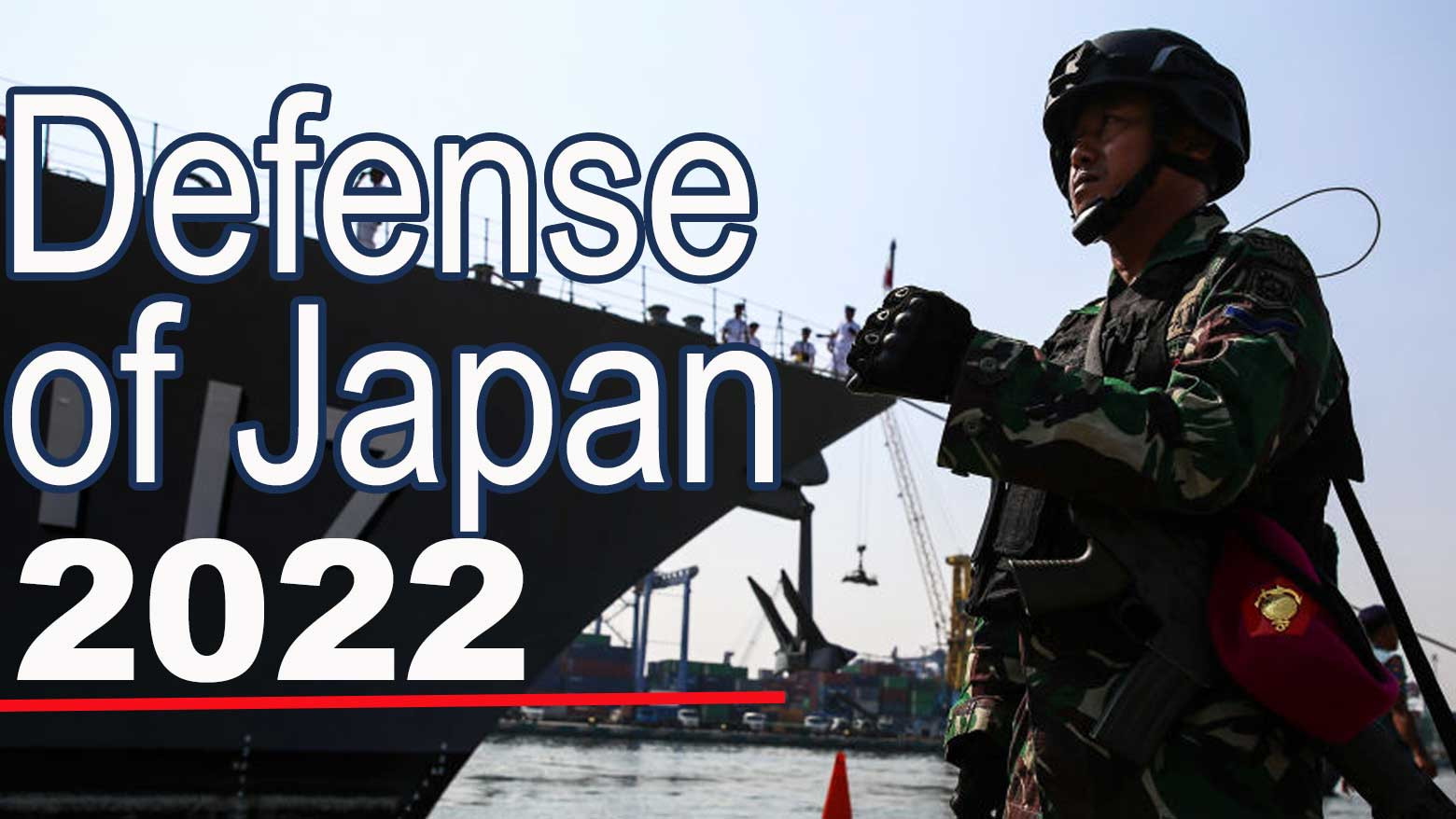The report, also known as a white paper was released in July. It summarizes the Defense Ministry's and the Self-Defense Force's activities and capabilities, as well as considering international issues and conflicts.
On top of the list is a new section for the Russian invasion in Ukraine, which the paper describes as "a serious violation of international law and the United Nations Charter."
"A unilateral change of the status quo by force have shaken the foundation of international order, not only in Europe but in Asia as well," it says.
The report's authors determine that Russia is believed to have suffered major damage militarily. They surmise that a decline in the country's power would likely lead to a change in its military relationships with neighboring regions.
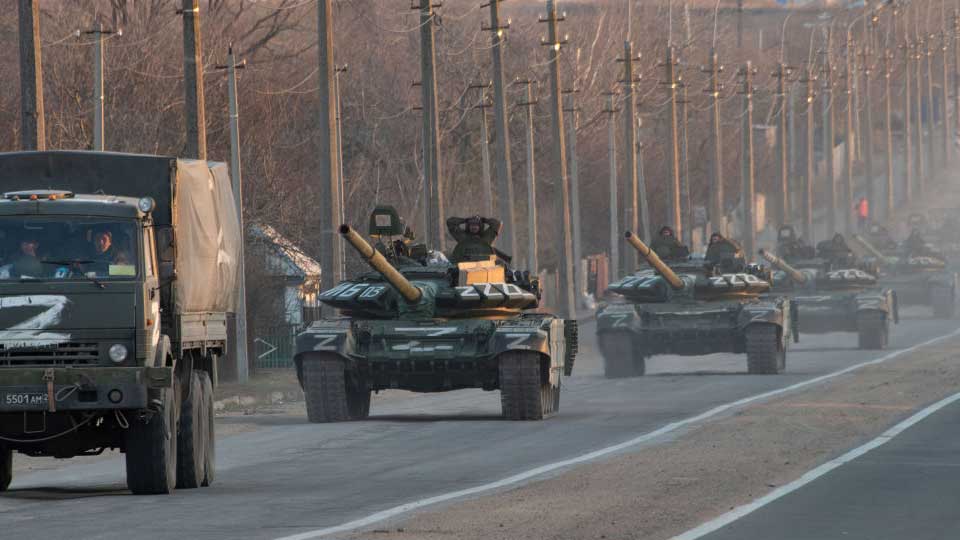
China and Russia grow closer
Russia may strengthen cooperation with China to counter the United States, the report states. Closer ties between Moscow and Beijing -- forged through common security interests -- are a source of concern for Japan.
Recent military maneuvers around Japan underscore that worry. That includes reports of joint Russian and Chinese maritime and air activities, with warships trespassing near Japanese waters and bombers flying along Japanese archipelago.
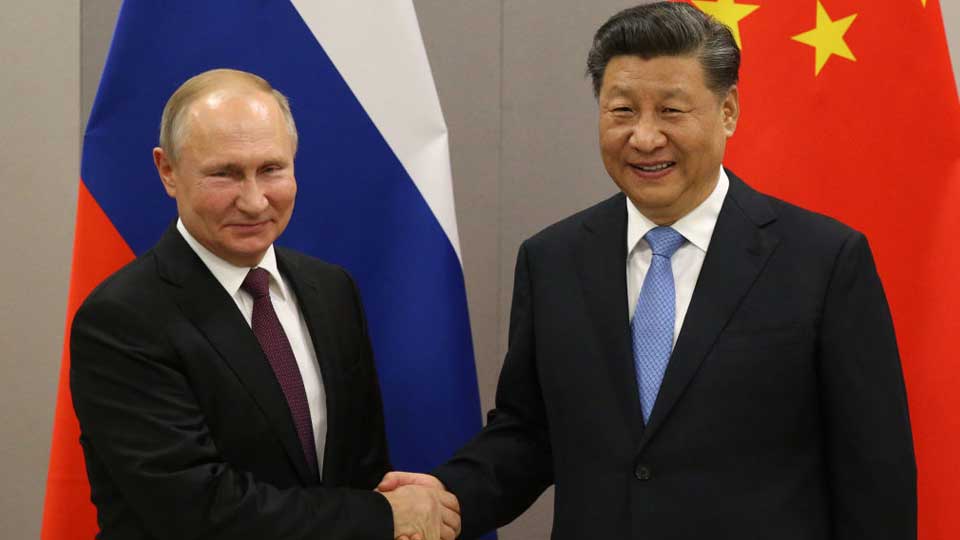
Growing concern over Taiwan
The report contains many references to Taiwan, pointing out rising tensions between the Chinese leadership and the administration of Taiwan, as well as the United States support for the territory.
Chinese President Xi Jinping has indicated that he will not rule out attempts to unify Taiwan by force. Beijing's military advantage is widening, according to the defense paper.
It goes on to highlight the geographical significance of Taiwan: "Taiwan is located very close to our country's southwestern islands and is only about 110 kilometers from Yonaguni island, our westernmost islet.
"It is located at the junction of the South China sea, the Bashi Strait and the East China Sea, facing Japan's important sea lanes. For these reasons, stability in the situation surrounding Taiwan is important not only for the security of Japan, but also for the stability of the international community."
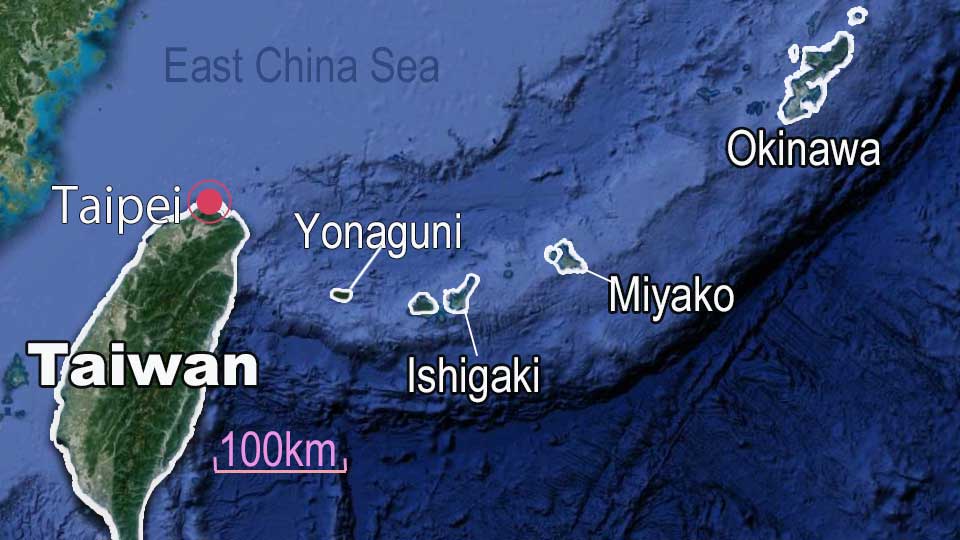
The report underlines that China invading Taiwan is a real possibility and even outlines how that could play out.
First, China's military would mass along the coast under the pretext of an exercise and spread fake information in an attempt to cause panic among Taiwanese people.
The second stage involves missile and cyberattacks on key Taiwanese facilities. And in the third and final step, Chinese troops would make a landing.
It is the first time the Japanese government has included such a scenario in the annual document.
China has hit out at the report's contents.
"Japan's new defense white paper makes accusations and smears China's defense policy, market economic development and legitimate maritime activities," China's foreign ministry spokesperson Wang Wenbin told a news briefing.
He said the report exaggerated the so-called China threat and served to interfere in China's internal affairs regarding Taiwan.
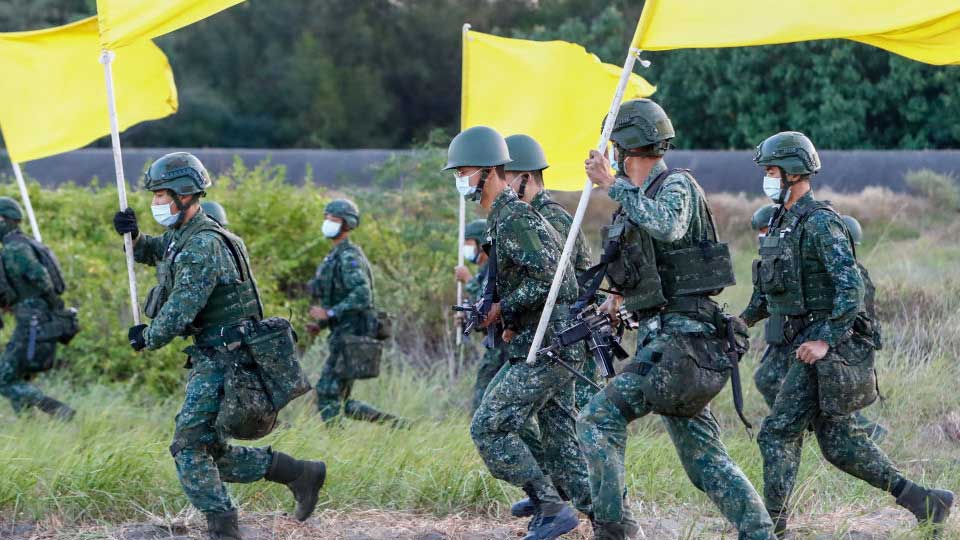
Japan's defense buildup
Japan's government is planning major updates for its defense sector.
It will revise three key security-related documents, including the first revision of the National Security Strategy that was written in 2013.
The government also wants to discuss ways to strengthen Japan's defense capabilities, stressing the need for what it calls "counterattack capabilities" to hit back at an enemy in the event of a missile attack on Japan.
The white paper suggests a defense budget increase is necessary, providing an international comparison of national defense spending among major economies.
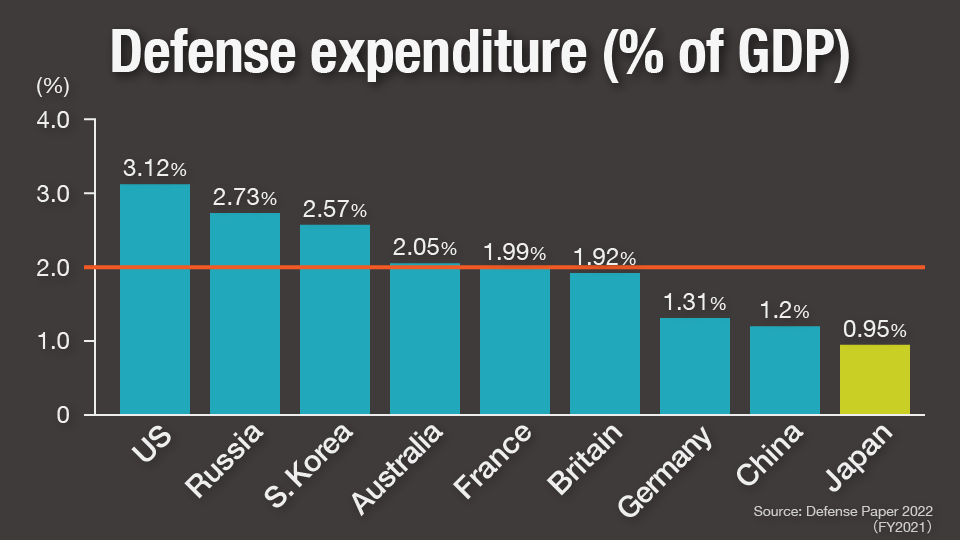
Defense spending by the United States accounts for 3.12 percent of its gross domestic product. In South Korea the figure stands at 2.57 percent. In Japan, it is less than 1 percent.
The main ruling Liberal Democratic Party is calling for a defense budget increase with a target of more than 2 percent of GDP in mind, with discussions likely to enter full swing very soon.
